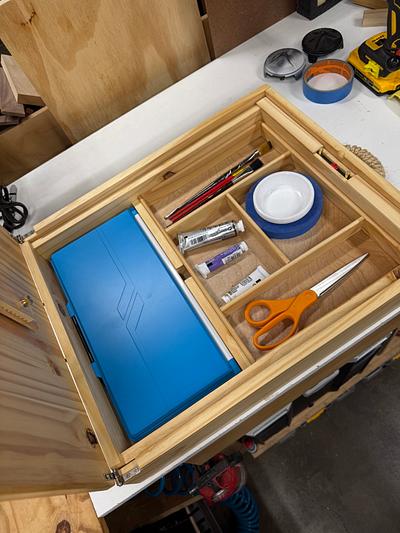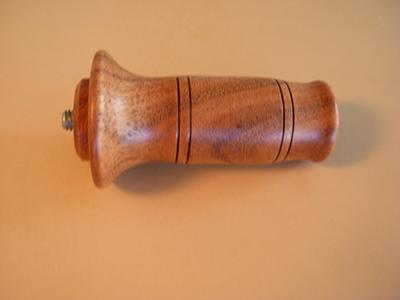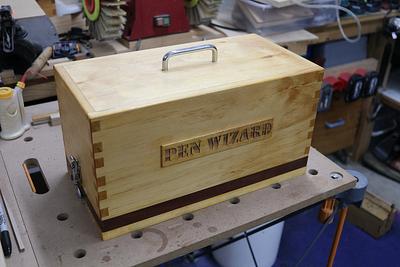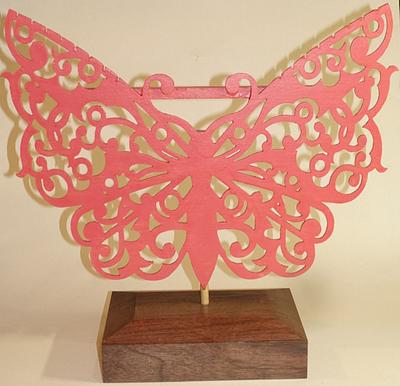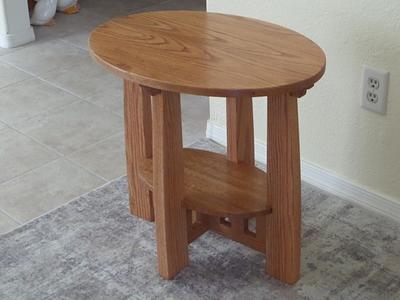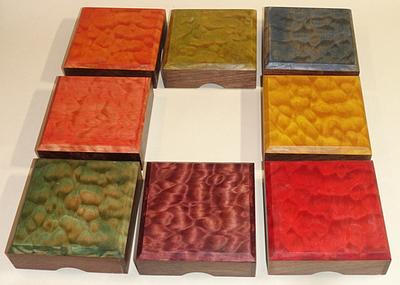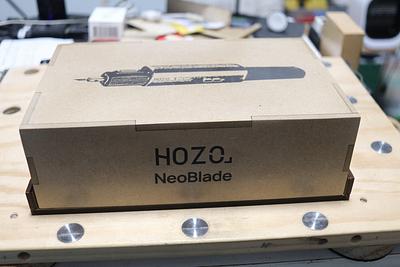Share your craft projects
Make new craft buddies
Ask craft questions
Blog your craft journey
Common Mistakes to Avoid When Using Woodworking Power Tools
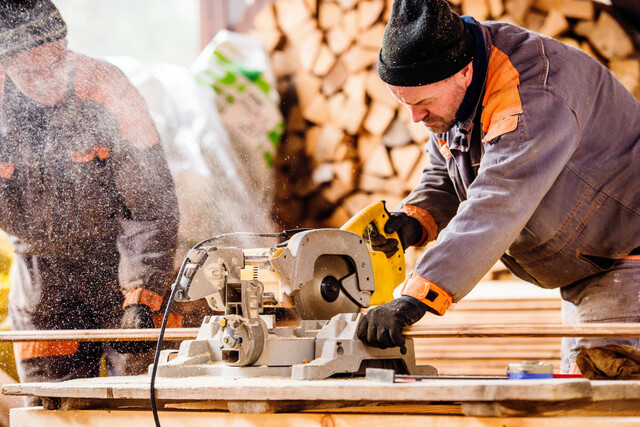
Over 30,000 table saw accidents occur every year. While they're the star of most workshop-related incidents, they're not the only guilty party. Nail guns often cause puncture wounds.
Woodworking power tools such as sanders, jointers, planers, and shapers cause more than 10,000 accidents a year.
The best way to prevent a tragedy in the workshop is to practice proper safety procedures. Keep your hands far away from the saw and wear the right attire. Basically, any rules you had to follow in your high school science class apply here.
Wearing flip-flops while working is only one mistake you should avoid when using a power tool. Continue reading to learn more.
Not Being in the Right Head Space
When you're holding woodworking power tools, you must have your entire focus on the task at hand. If you're distracted or upset about something, put the saw down and come back later.
If you work while your head isn't in the game, you will most likely make a mistake. This could result in a botched project or a botched finger.
Not Arming Yourself With the Right Tools
Not every tool is right for every job. For example, power tools have a lot of speed and power behind them, but they struggle with precision. For that, you need hand tools.
If you do use power tools, don't do one large pass. You'll get much better results from doing a few smaller passes with the tool. It's safer as well.
Using a Table Saw Fence for Cross-Cuts
One of the most dangerous table saw mistakes you can make is performing a cross-cut while using the fence to guide you.
More than likely, the board will get caught between the fence and the blade, resulting in a nasty kickback. If you want to avoid a broken thumb or cracked rib, use the miter gauge to guide your cross-cutting instead.
Rushing Through a Project
Before settling in to work on a project, make sure you set aside plenty of time. If you skip out on basic safety protocols because you're in a rush, the results could be disastrous.
You could end up in the hospital or destroy the wood that you're cutting. Take your time and do the job right.
Wearing the Wrong Attire
Accidents can happen no matter how many years you've been using tools for woodworking. That's why you always have to put on the right attire before stepping foot in your shop.
Don't wear baggy clothes and lose jewelry because they could easily get caught in a blade. If you have long hair, tie it up. If you're wearing a hoodie that has a drawstring, tuck it away.
Invest in a pair of safety goggles. You'll need them to keep sawdust and wood out of your eyes. Putting on a pair of goggles is especially important if you plan to use a nail gun.
As you can most likely imagine, cutting wood creates a ton of sawdust. To prevent yourself from breathing it in, put on a dust mask.
Flip-flops are a no-go in the shop. In fact, any shoes with an open toe are off-limits. If you drop a power tool or block of wood on your foot and you're not wearing steel-toed boots, you'll regret it.
Removing the Blade Guard
Every single table saw has one thing in common. They have a blade guard that prevents a user's fingers from coming into contact with the saw. It also does wonders for stopping kickbacks.
The blade guard can get in the way at times, but no matter how inconvenienced you are, don't take it off. If you do, you may end up losing a thumb.
This should go without saying, but even if you do have your blade guard installed, you should still keep your fingers far away from the saw as an extra precaution.
Taking Inaccurate Measurements
The smallest inaccuracy could throw your whole project off-kilter. This means that you'll need to take multiple measurements to make sure your math is correct before you begin cutting.
Use the same tape measure throughout your entire project. Consistency is key when it comes to woodworking.
Placing Your Hand Behind a Circular Saw
When using a circular saw, secure the wood that you're cutting with clamps instead of your hand. If the blade happens to bend, the saw will shoot backward without warning.
You won't have time to move your fingers before the worst happens. The clamps will allow you to keep both your hands on the saw at all times, reducing your chances of injury.
Working With Low-Quality Wood
If the wood you're working with is full of knots, you won't get the results that you want out of your project. Not only that, but knots pose a safety risk, and they make wood difficult to cut.
You should also inspect the wood for dents, cracks, and bends before buying. These issues will cause the material to be impossible to work with.
If the wood is being used for an outdoor project, opt for pressure-treated planks. This will keep moisture and UV damage away.
Avoid These Mistakes When Using Woodworking Power Tools
Not arming yourself with the right tools or failing to wear safety gear are two of the biggest mistakes you could ever make when using woodworking power tools.
When it comes to using saws and nail guns, safety is of the utmost importance. Don't wear baggy clothes that could get caught in a blade, and remember to keep your fingers far away.
To learn more about woodworking safety and design, go here to sign up for one of our courses.









